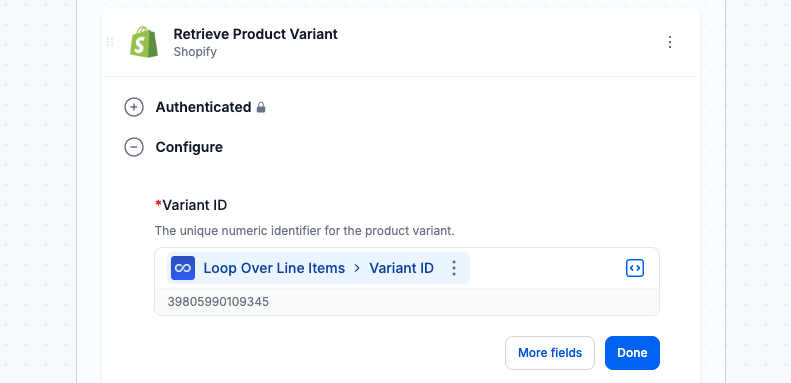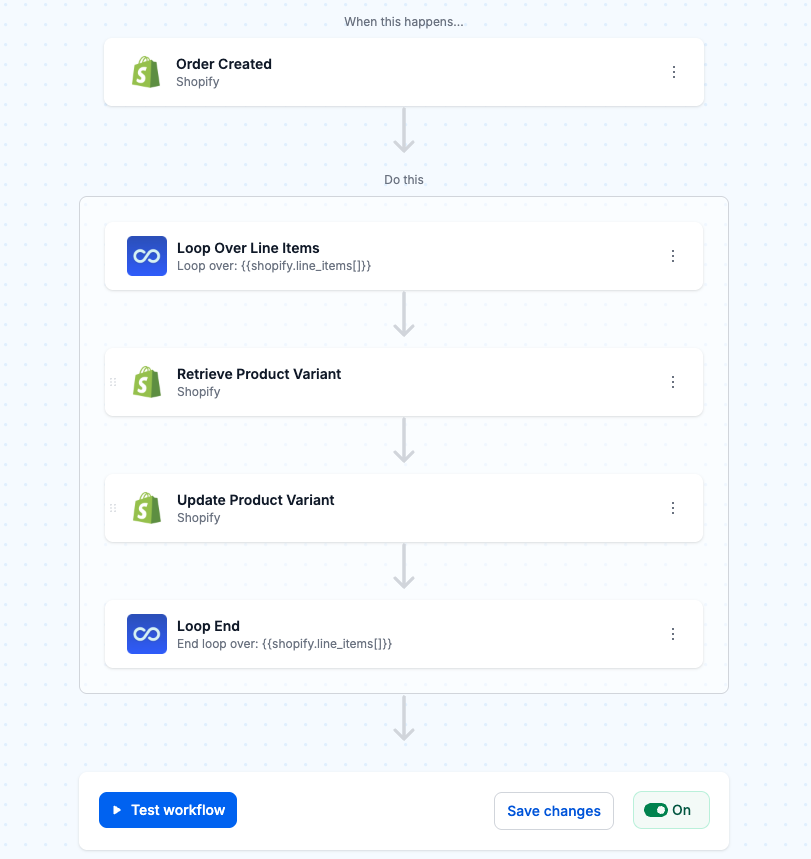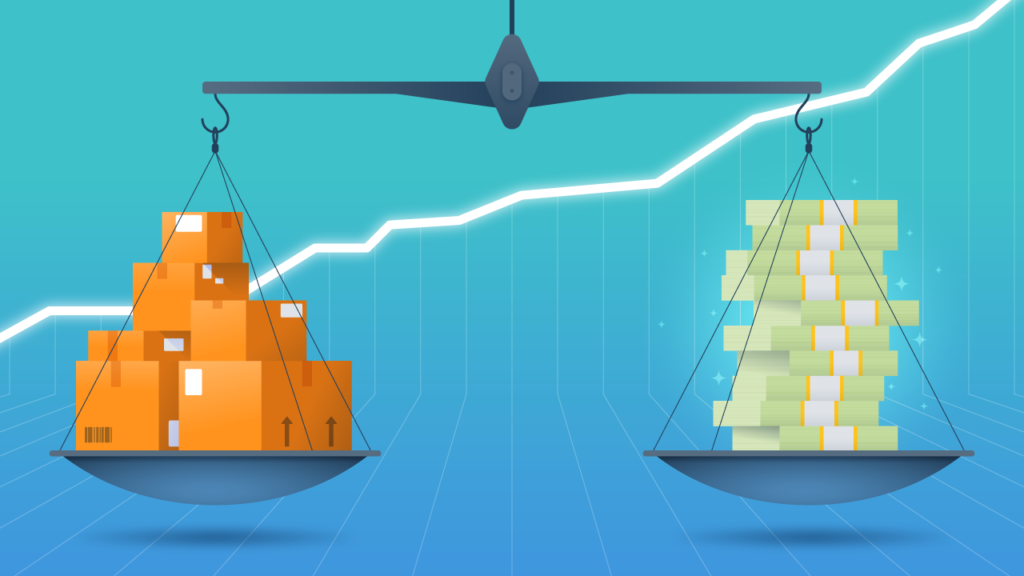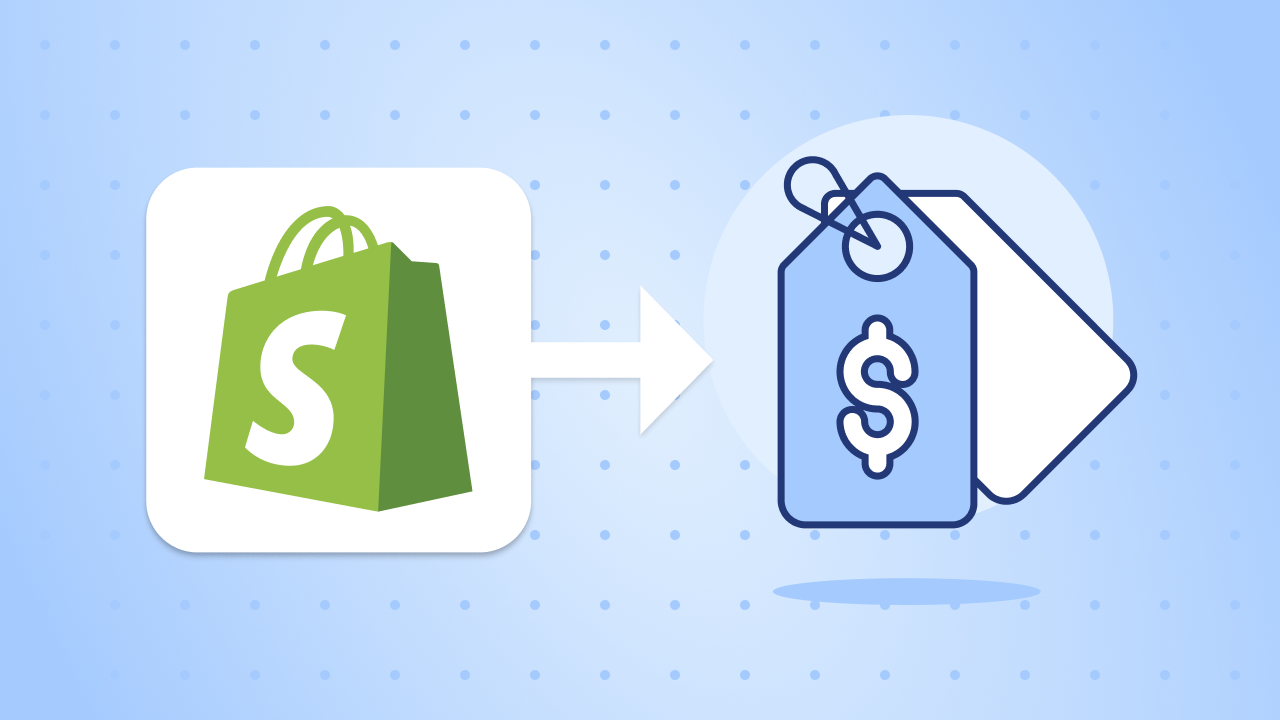How to Set Up Dynamic Pricing to Create Urgency on Shopify
If you have a Shopify store, getting customers to buy now instead of later is a constant struggle. Creating urgency at the right moment can be the difference between a missed opportunity and a sale.
Dynamic pricing tackles this head-on by automatically adjusting product prices based on timing or behavior. In this post, we’ll show you how to set it up and use it to get results.
TL;DR: Skip the step-by-step tutorial. Use our template to add this dynamic pricing workflow:
MESA Template ID
increase-product-prices-with-each-shopify-order
Topics:
What is dynamic pricing on Shopify?
On Shopify, dynamic pricing is a strategy that adjusts product prices automatically based on real-time data. Instead of fixed pricing, you can set rules that respond to changes in demand or customer behavior.
For example, prices might increase as stock runs low or shifts during high traffic. This lets you fine-tune pricing without manual updates, making your store more responsive to changing conditions.
Shopify supports dynamic pricing through pricing apps and automation tools. With minimal setup, these integrations let you run timed promotions, flash sales, or customer-specific discounts.
Step-by-step: Increase product prices after each new Shopify order
Time needed: 5 minutes
This workflow automatically increases product prices by $1 after each new order, encouraging quicker purchases and helping you test price sensitivity.
- Start on Shopify order creation
The workflow triggers when a new Shopify order is placed.

- Loop over line items
Iterates through each of the order’s line items to process individual purchased products.

- Retrieve variant details
For each line item, fetch the current product variant information.

- Update product price
Automatically increases the price of the product variant by $1 from its current price value.

- Turn “On”
Be sure to save any changes and enable this automation.

Save yourself the setup. Use this template instead:
MESA Template ID
increase-product-prices-with-each-shopify-order
Tips on implementing dynamic pricing
Test and iterate
Start by applying dynamic pricing to select products or customer segments. Try different formulas, such as time-based pricing or demand-driven changes, and monitor how they affect conversions. Use sales data to guide these tests, and adjust rules as you go.
Communicate value
Tell shoppers why prices change. Clear messaging like “intro pricing for early buyers” can highlight demand, limited-time offers, or restocks. Visual cues such as badges, countdowns, or banners help make it obvious when a deal is temporary and worth acting on.
Use scarcity tactics
Set rules that raise prices as inventory drops to encourage faster purchasing decisions. For example, increase pricing after a certain number of items are sold or when stock falls below a certain level. You can also combine this with limited-time perks or bundles.
Common types of dynamic pricing strategies
Time-based pricing
Prices adjust based on time, for example, lower rates during off-peak hours or higher rates during high-traffic periods. This is especially effective for flash sales or limited-time drops.

Inventory-based pricing
Pricing adjusts based on stock levels. Higher prices signal demand and scarcity as stock decreases, encouraging quicker purchases and better inventory management.
Customer segment pricing
Different groups see prices based on behavior, purchase history, or loyalty status. New customers get intro offers, and repeat customers get discounts or exclusive rates based on their activity.
Event-driven pricing
Prices change automatically based on specific triggers, such as product launches, seasonal events, or traffic spikes. Aligning pricing with these moments keeps your offers timely and relevant.
Why use dynamic pricing on Shopify?
More revenue
Adjust prices based on demand, purchase history, and shopper behavior to capture more value. This ensures each sale reflects current conditions and improves margins.
Stay competitive
With real-time price adjustments, your store can respond quickly to market changes. Whether reacting to competitor pricing or shifting trends, you stay relevant and appealing to customers.
Better inventory management
Linking pricing to inventory levels lets you clear out slow-moving stock and apply pressure on limited quantities, keeping your product mix aligned with demand.
Boosts perceived value
When prices increase after each order, customers feel like they’re getting a better deal by purchasing early. This scarcity-driven approach makes your products feel more valuable and exclusive, encouraging customers to act before prices rise further.
Encourages quick decision-making
Limited-time offers and urgency in sales tactics can help customers overcome indecision and take action. Dynamic pricing creates natural deadlines that push hesitant shoppers toward conversion, reducing cart abandonment and increasing sales velocity.
Frequently asked questions
The most effective tactics include limited-time offers, countdown timers, low stock alerts, and flash sales. Use visual cues like banners or pop-ups to highlight these time-sensitive deals throughout your store.
Urgency triggers fear of missing out (FOMO), which can increase conversions by prompting faster decision-making. Customers are more likely to complete purchases when they believe time or availability is limited.
Overuse can lead to customer distrust or fatigue, especially if promotions feel manipulative or are always active. To maintain brand credibility, use it authentically and sparingly.




